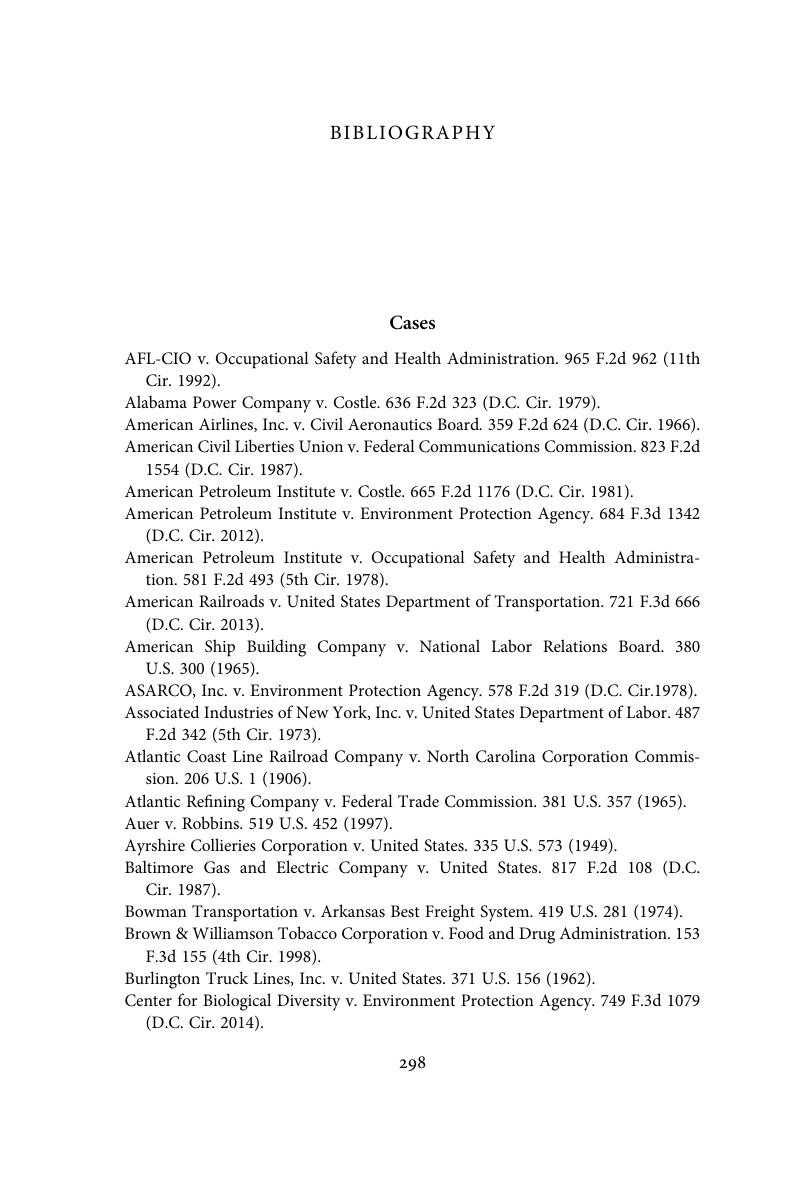Book contents
- Administrative Competence
- Cambridge Studies in Constitutional Law
- Administrative Competence
- Copyright page
- Dedication
- Contents
- Abbreviations
- Acknowledgments
- 1 The State We Are In
- Part I Making Administrative Competence Visible
- Part II Confronting the Origin Myths of Administrative Law
- Part III The Law of Public Administration
- Bibliography
- Index
- References
Bibliography
Published online by Cambridge University Press: 02 October 2020
- Administrative Competence
- Cambridge Studies in Constitutional Law
- Administrative Competence
- Copyright page
- Dedication
- Contents
- Abbreviations
- Acknowledgments
- 1 The State We Are In
- Part I Making Administrative Competence Visible
- Part II Confronting the Origin Myths of Administrative Law
- Part III The Law of Public Administration
- Bibliography
- Index
- References
Summary

- Type
- Chapter
- Information
- Administrative CompetenceReimagining Administrative Law, pp. 298 - 338Publisher: Cambridge University PressPrint publication year: 2020



